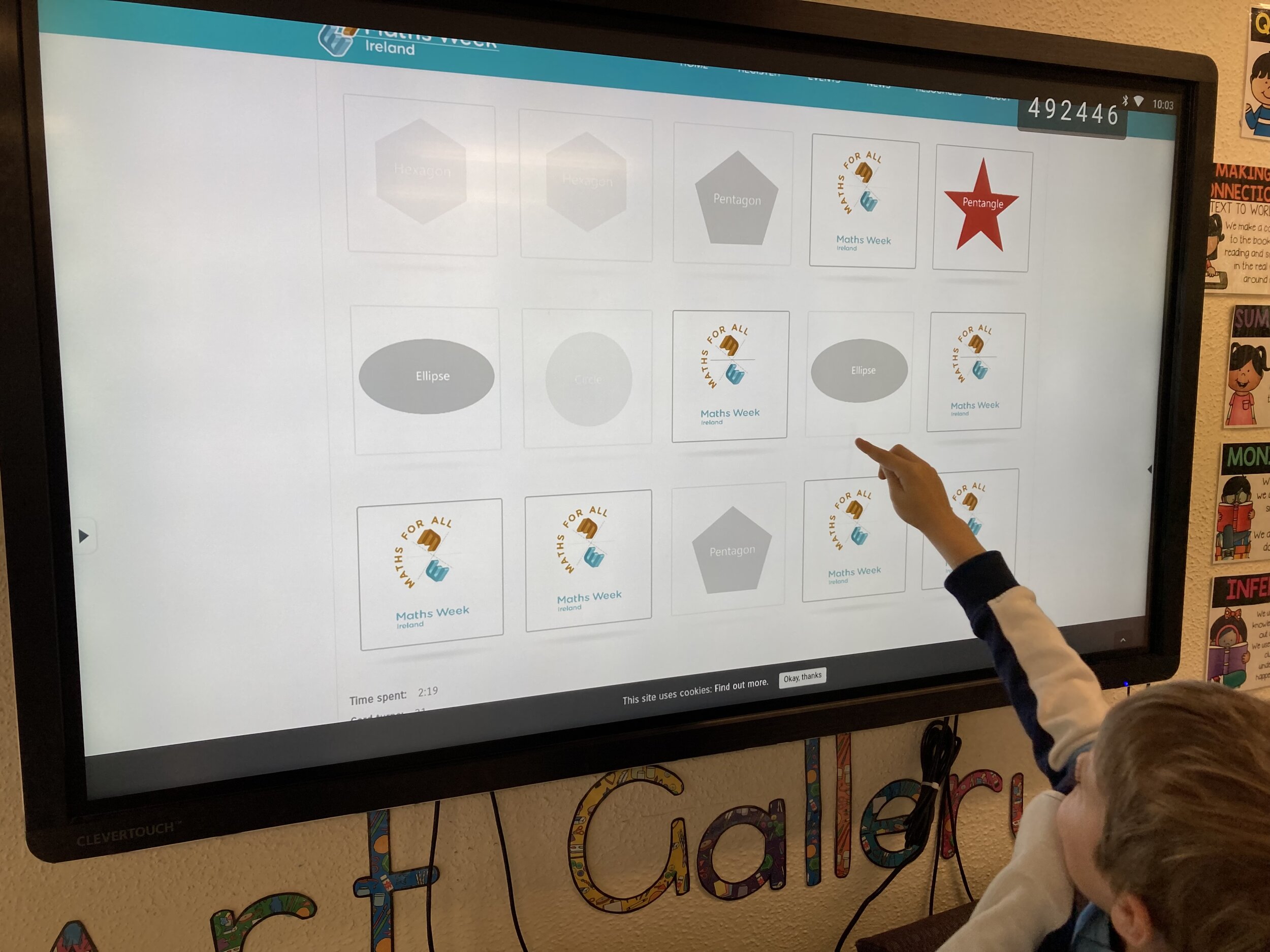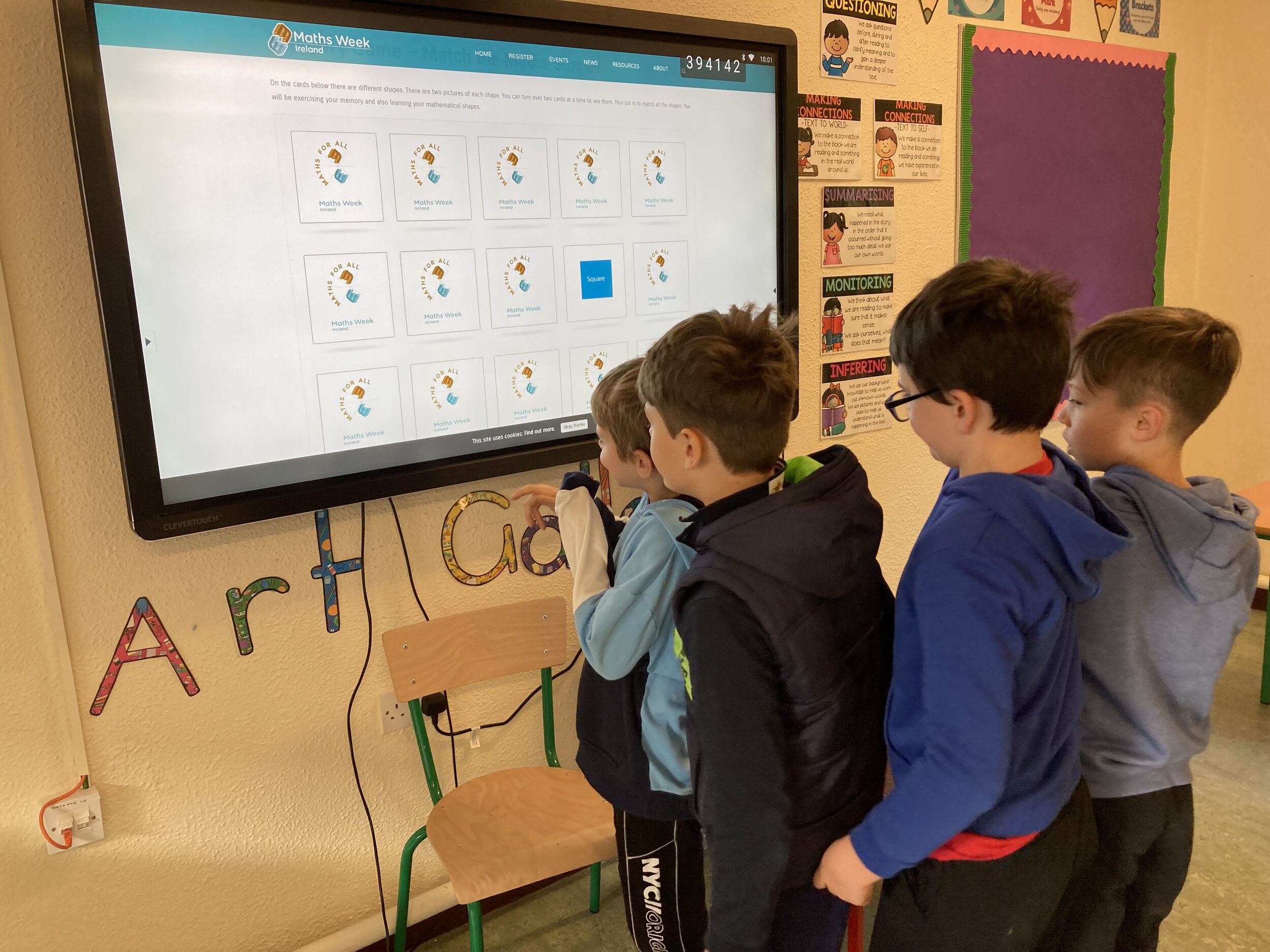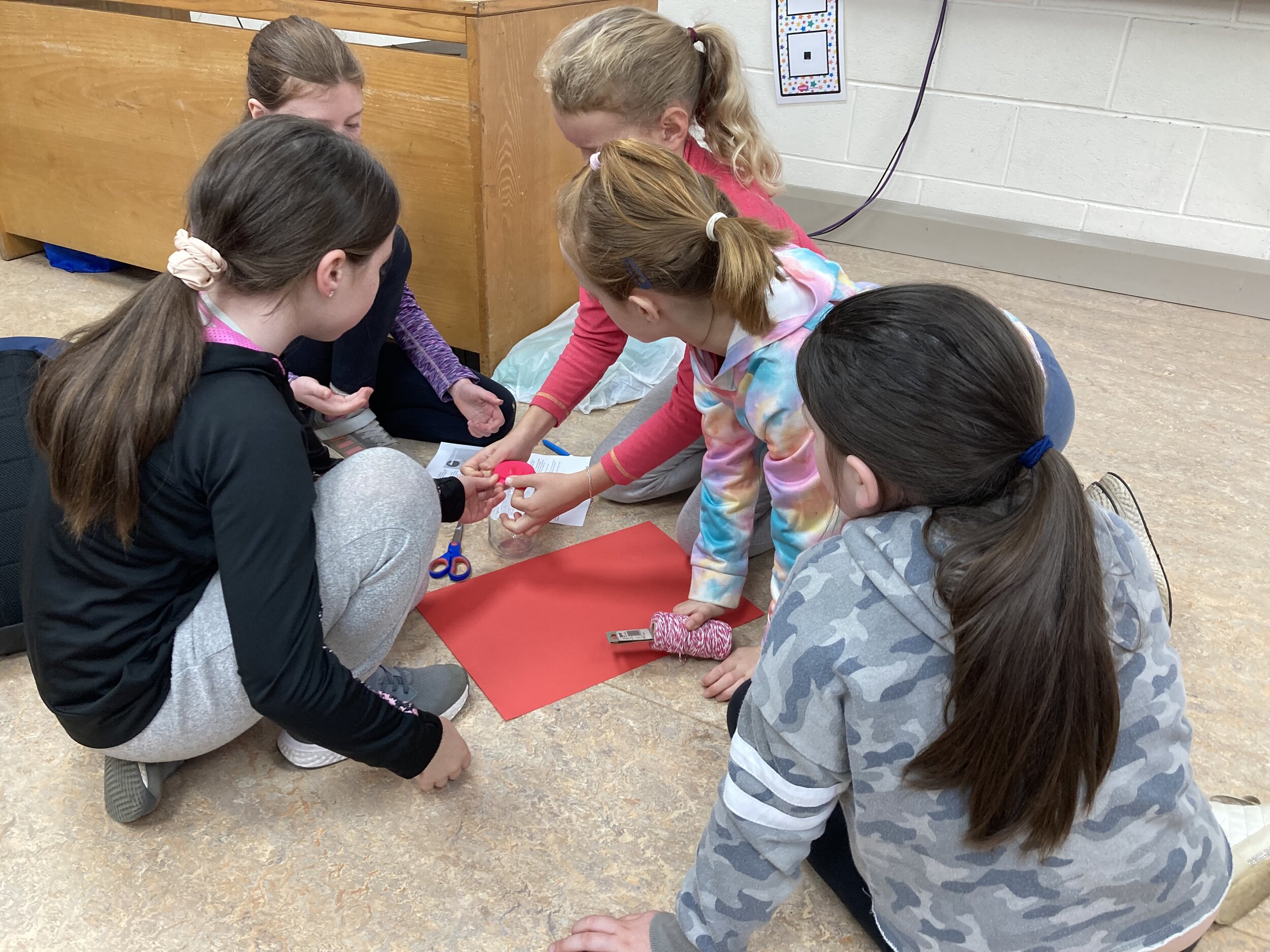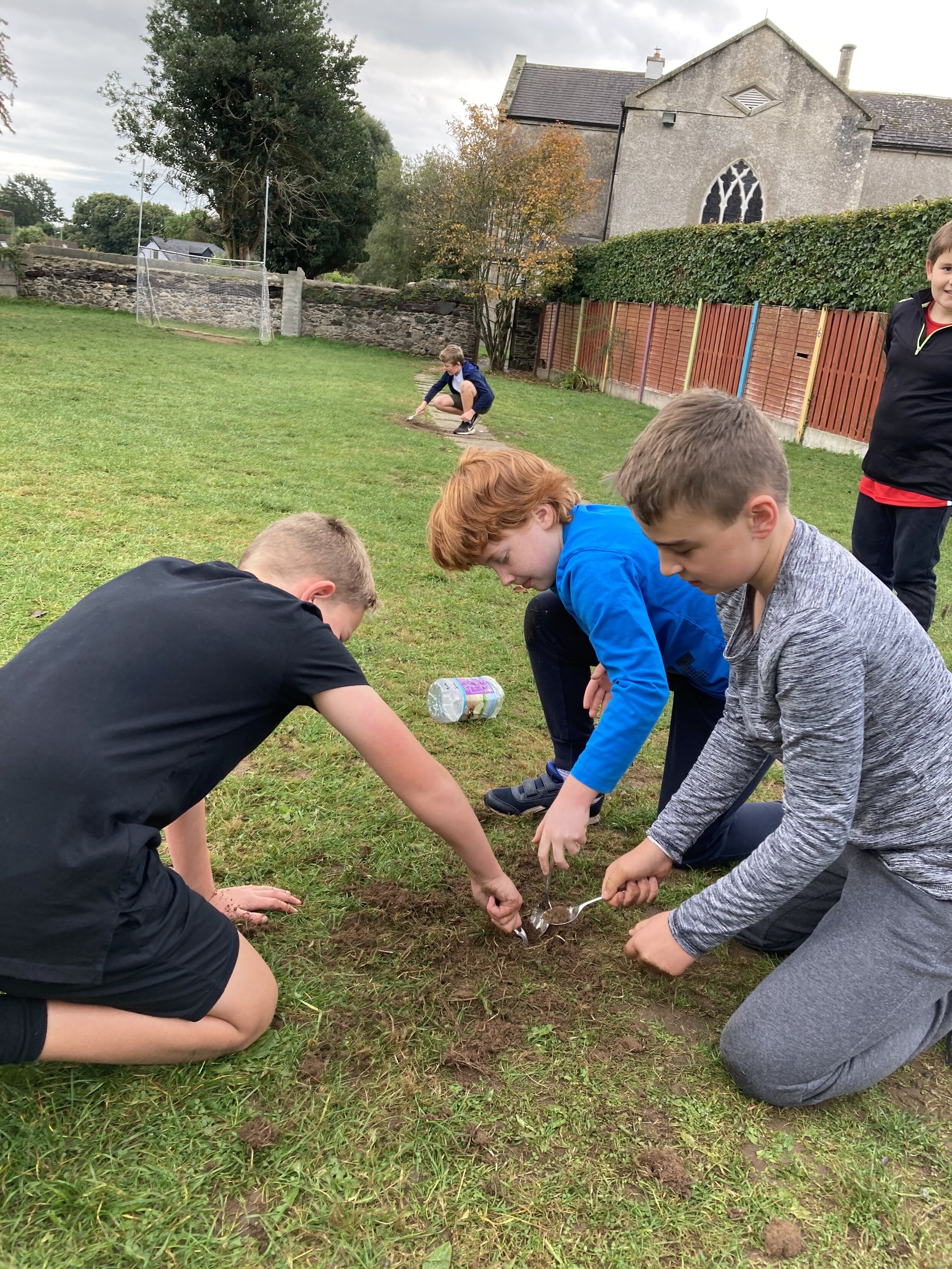Today 5th class finished maths week off with the paper rollercoaster challenge.
Challenge: The group were challenged to make the tallest rollercoaster which would function without a problem. Groups were given 3- seconds to complete the challenge. Look below to see our creations.
Process: The groups explored using different shapes - looking at tunnels and open tracks. They then faced the problem of supporting these rollercoasters using paper and selotape alone. We agreed that we would use marbles at the beginning of our work to ensure it was a fair test.
Results:
When testing this we agreed that groups would be given three turns at working their rollercoaster to demonstrate how well it worked. Where rollercoasters did not completely work, we measured the descent from beginning until the marble popped out.
The winning rollercoaster to function totalled 1 metre and 10 cms with an impressive ability to support itself. We did question the independence of this structure as we queried whether the tracks did indeed touch the sink bowl for support when under pressure but as you can see in the picture below the rollercoaster was able to hold its own weight when the marble was travelling.
Conclusion:
Groups who worked concurrently on building the track and supports were most successful. Many really long tracks failed to hold the marble for its journey as they were not supported well enough.





















































































































































![20201106_090542[85931].jpg](https://images.squarespace-cdn.com/content/v1/5cfecc71e783050001d9231a/1604672236696-C1LSH9Y3TSV6CEAW7VAG/20201106_090542%5B85931%5D.jpg)



























































































































